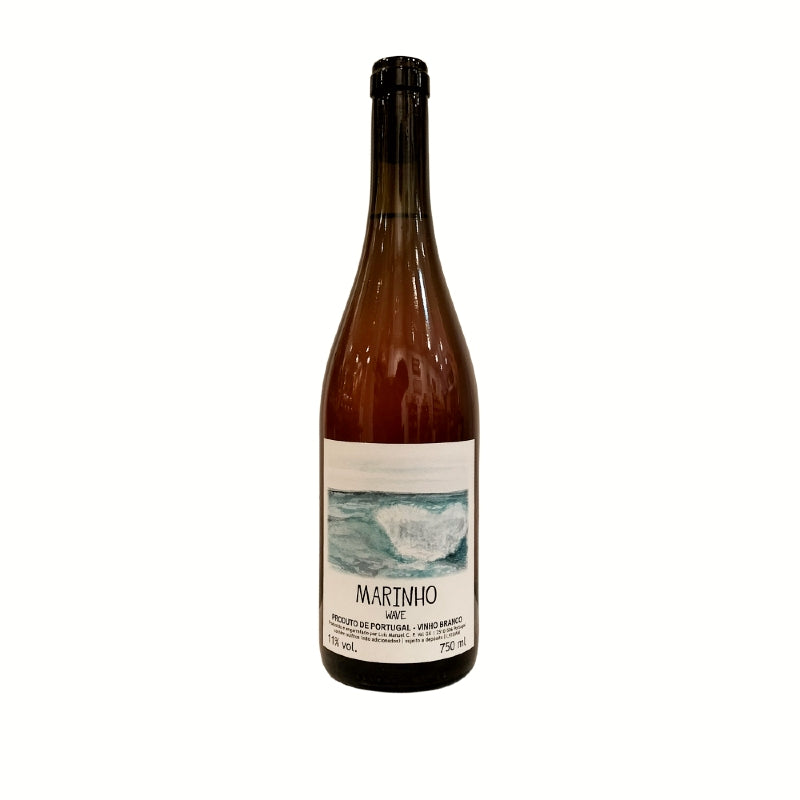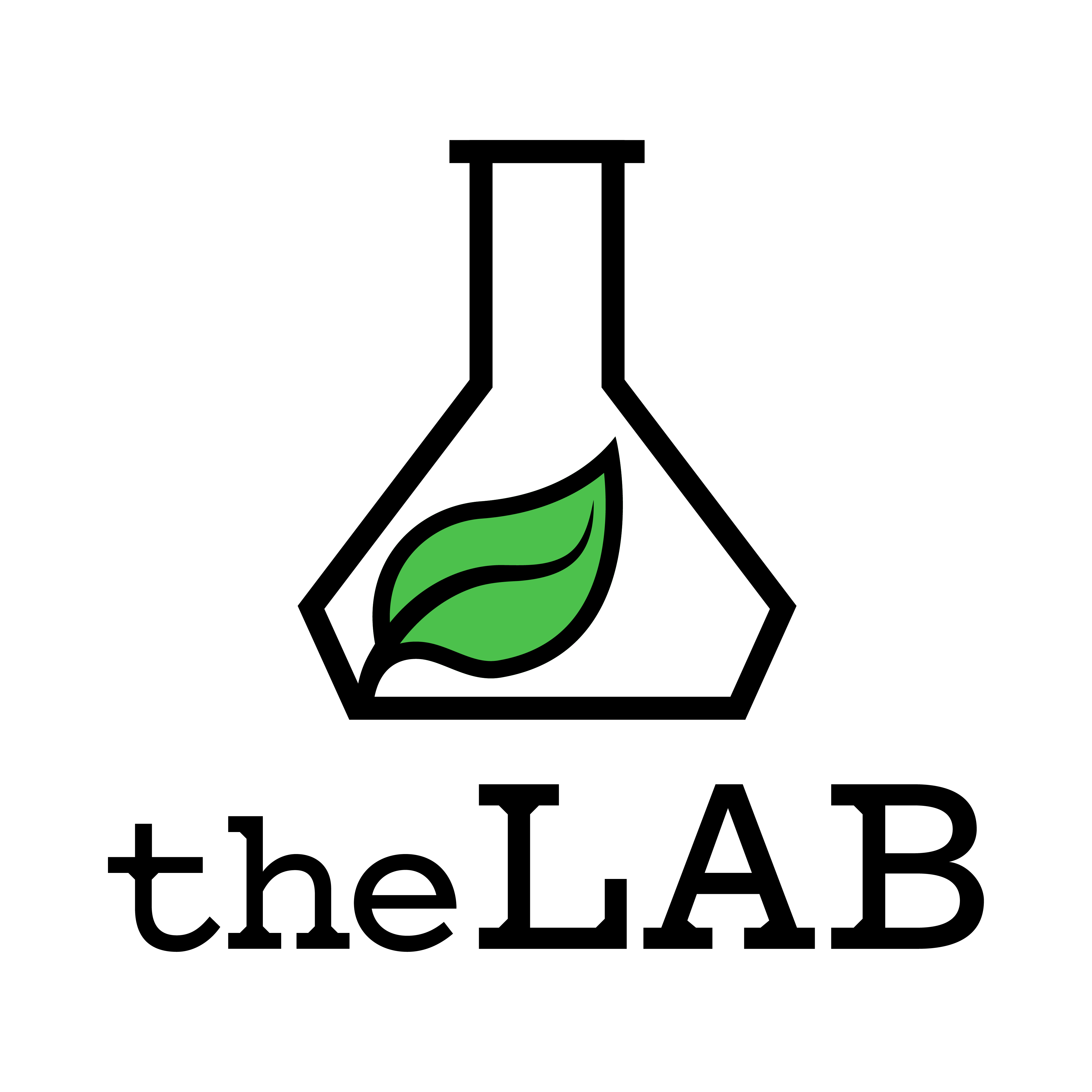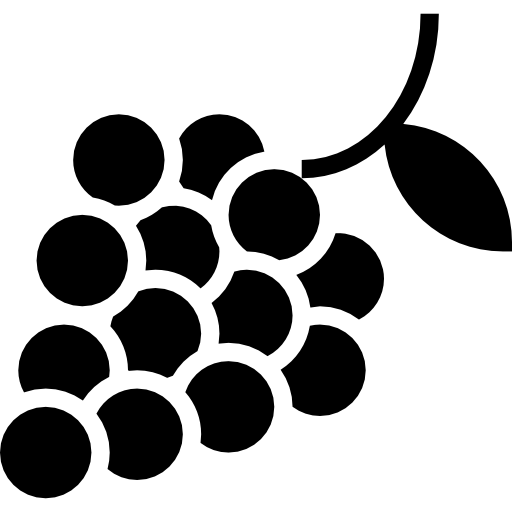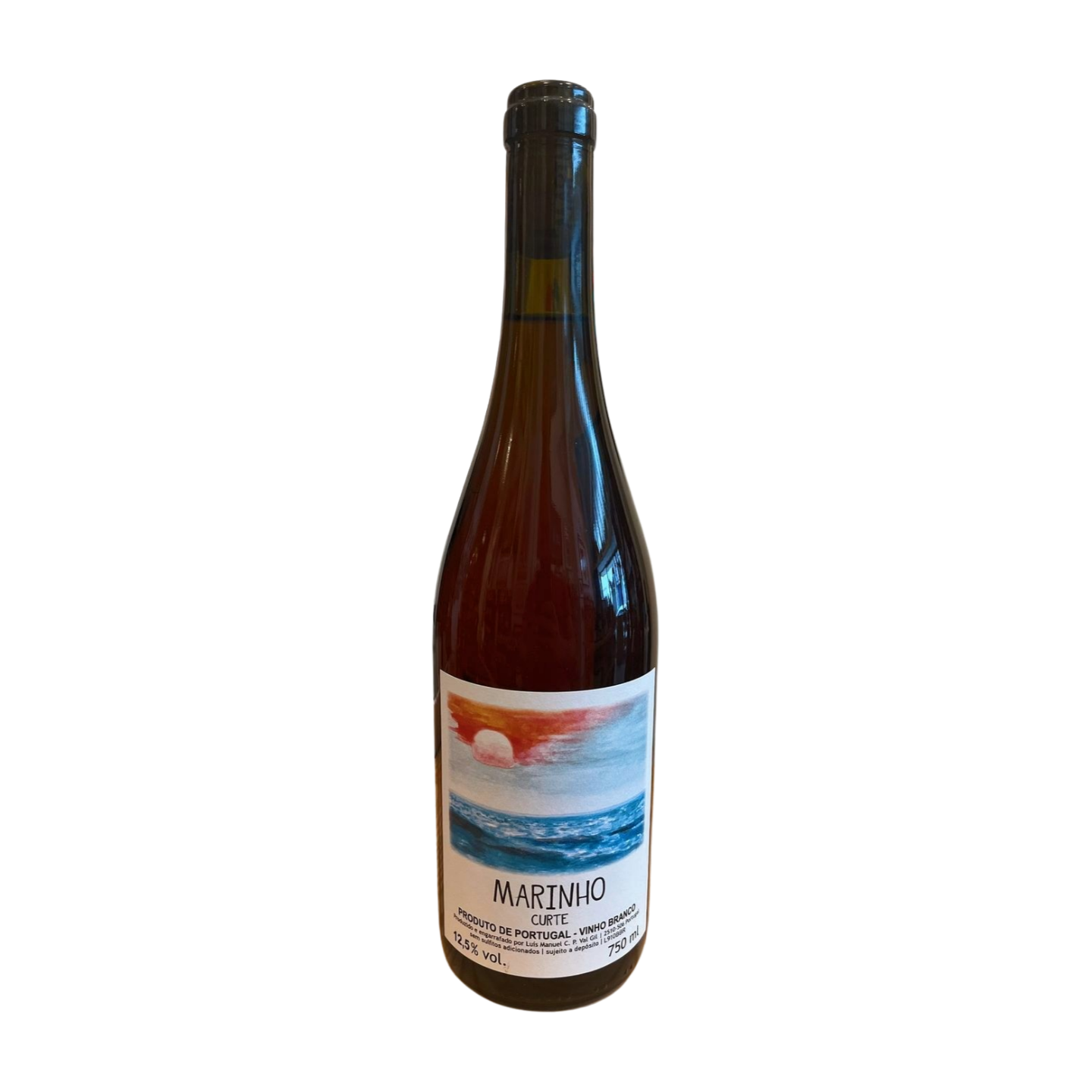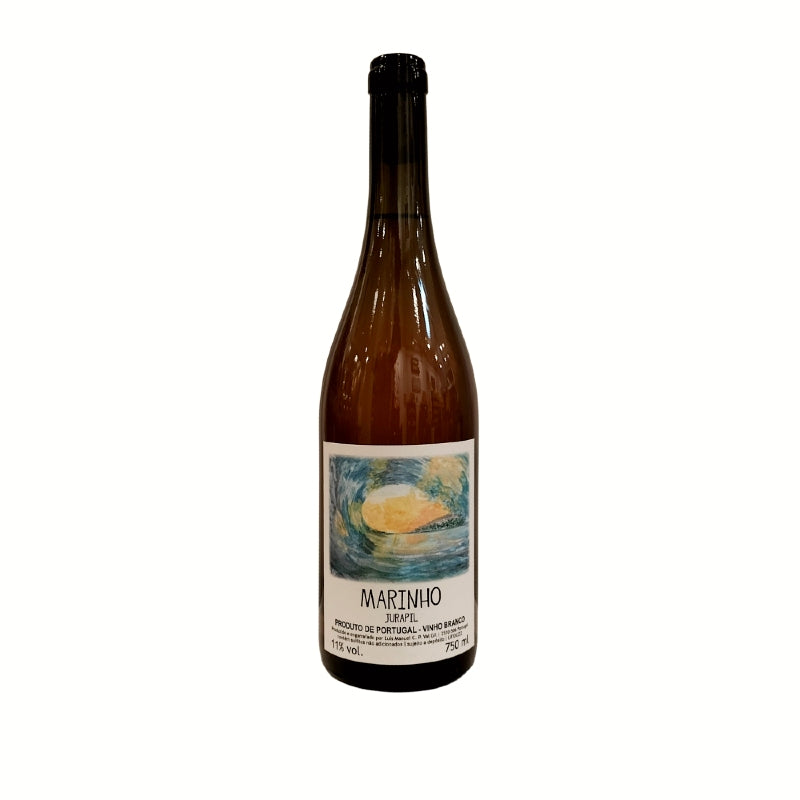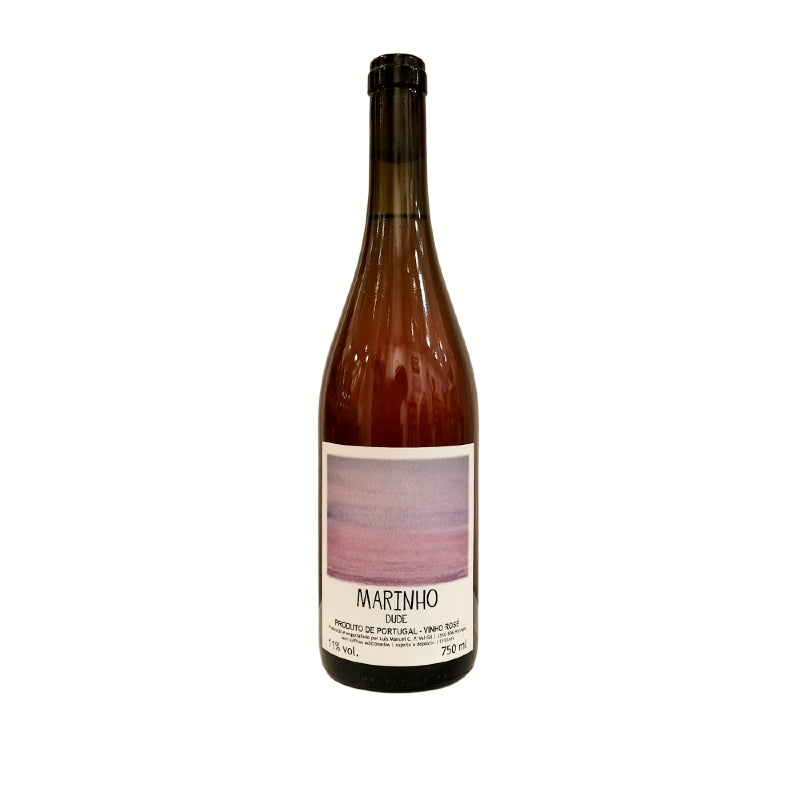A quintessential expression of Luís Gil's winemaking philosophy, directly channeling the Atlantic influence of his vineyards near Óbidos and Peniche. The name "Wave" speaks to the wine's inherent freshness and salinity, a direct homage to the ocean that shapes its character. This white wine is typically a blend of several indigenous Portuguese white grape varieties, which can include Alicante Branco, Arinto, Fernão Pires, Sara Nova, Seminário, and Vital, all sourced from old vines that thrive in the region's characteristic sandy and limestone soils.
The production of Wave Branco emphasizes minimal intervention to preserve the pure essence of the fruit and terroir. Grapes are meticulously hand-harvested from these ancient vineyards and transported in small boxes to the winery to maintain their integrity. At the winery, the winemaking process begins with direct pressing of the grapes. However, some vintages may see a very brief period of skin contact, perhaps for a day or two, to gently extract additional aromatics and texture. This initial handling is designed to be as gentle as possible, allowing the natural qualities of the grapes to shine.
Fermentation for Wave Branco occurs spontaneously with indigenous yeasts, a hallmark of Luís Gil's commitment to natural winemaking. Following this, the wine embarks on an unusually long aging period for a white wine, often spending around 34 to 35 months in old oak barrels. This extended maturation, without any oxidative exposure, is crucial for developing the wine's complexity, depth, and stability. The wine remains on its lees during this time, further contributing to its texture and subtle richness. The final product is bottled by gravity, unfined, unfiltered, and with no added sulfites, ensuring an unadulterated expression of the vintage and the vineyard.
Upon tasting, Marinho's Wave Branco lives up to its name, presenting a fresh and deeply saline profile. Aromatically, it often offers a medley of white flowers and ripe stone fruit like apricot and peach, intertwined with citrus notes, particularly tangerine. Despite the absence of oxidation, the prolonged aging in the barrel can lend subtle nuances of baked apple or a hint of savory complexity. On the palate, the wine is characterized by a vibrant acidity that cuts through a surprising creaminess or richness of texture, leading to a long, mineral-driven finish that distinctly evokes the Atlantic coast. It’s a white wine with remarkable personality and a refreshing, zesty character that speaks of its coastal origins.
